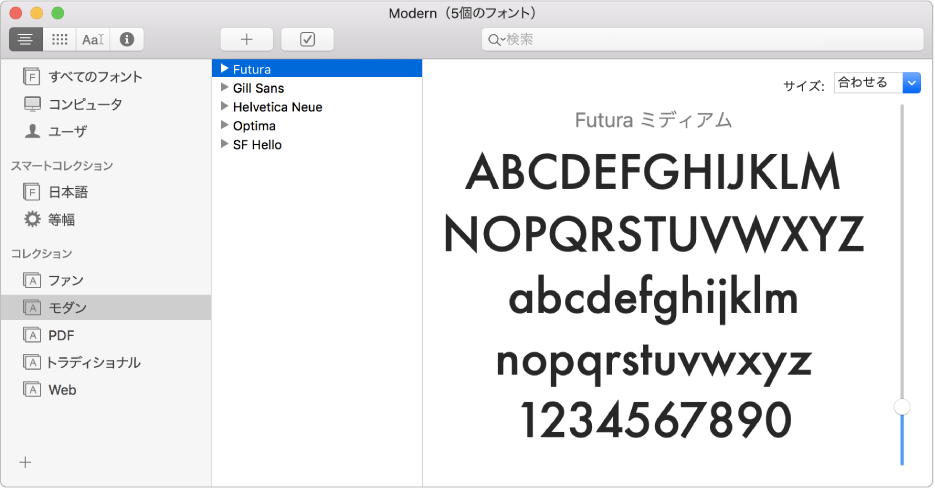This page explains what braille is, who uses it, how you can start to learn it – and why it’s called braille
What is braille?
Looking for Braille fonts? Click to find the best 20 free fonts in the Braille style. Every font is free to download! 78,610 downloads (39 yesterday) Free for personal use - 2 font files. Download Donate to author. BRAILLE.ttf BRAILLE1.ttf. First seen on DaFont: February 16, 2012.
Braille is a way of reading a language using touch.
In braille, letters and numbers are made up of a rectangle with six dots in two columns. Each letter and number uses a different pattern of raised dots.
Who uses braille?
If you are blind or have sight loss, you can use braille, which means you read by touch.
With braille, you can actively write and read – and there are plenty of braille magazines and books to choose from in braille.
You can play a range of card games in braille, and use labels made with braille to join in other games and activities.
Before you read on…
- You can communicate using a mix of different ways. (We all do!)
- At Sense, we use whatever combination of speech, touch, sign or visual language works best.
- It’s never too late to start.
- Have a go and don’t worry about getting it wrong.
How can I start to learn braille?
The best way you can learn braille is from a qualified teacher on a properly structured course.
There are two grades of braille:
- Uncontracted braille, which used to be called Grade 1: this is a straight translation from print, including letters, numbers and punctuation marks.
- Contracted braille, which used to be called Grade 2: this has special signs for combinations of letters, such as “sh” and “ing”, and common words, such as “the” and “for”. You can read it faster and it makes braille documents about 25 per cent smaller.
RNIB
RNIB offers a range of courses, training sessions and other resources for children, young people and adults.
Courses for adults include contracted and uncontracted braille for touch and sighted learners
Courses for children and young people include contracted and uncontracted braille
Resources for schools, including education packs for Key Stage 1 and 2
To find out more, talk to your child's Qualified Teacher of Visual Impairment.
Sight Scotland/the Royal Blind School

The Royal Blind School teaches braille to children and young people who are blind or have a sight loss.
Pupils start to learn braille on a pre-braille programme designed to meet individual pupil needs.
They then go on to learn braille through a braille reading scheme. They learn to write, first using a braille typewriter and then digital electronic braille devices.
Braille machines and notetakers
You can also find out more about braille machines and notetakers from Living made easy

Reading and creating braille
You can link a braille display to a computer to read what is on the screen.
With a portable hand-frame or notetaker, you can produce braille manually.
:max_bytes(150000):strip_icc()/004-locate-font-files-1074150-446afcb4e69546a99f33182465a6f4cc.jpg)
You can also produce braille using a computer with translation software and a desktop brailler printer.
If you’ve installed braille translation software on your computer, you might already have a braille font.
The most commonly used braille translation software is Duxbury Braille Translator. It is available in the UK from the RNIB, Sight and Sound Technology and Vision Aid.
Braille Font Download Mac Os
Check for braille in the font list in your word-processing software, e.g. Microsoft Word or Word for Mac (other packages are available). On a Mac, look also in the Font Book software.
Find out more about downloading, installing and using braille in Microsoft Word for Windows.
Find out about using braille displays with VoiceOver on Mac
If you don’t have a braille font, you can download one from the internet. There are lots to choose from, many of them free.
Grade 2 Braille Font Download
But remember – as with everything else, you download for free from the internet at your own risk.
Why is it called braille?
A Frenchman called Louis Braille (1809–52) [Link to Britannica] lost his sight through a childhood accident, aged 10. In 1824, he developed the braille code, aged just 15.
Two years after his death, braille was adopted as the official communications system for blind people in France.
It eventually spread to other countries. In 1870, in Britain, it was chosen as the best communication system for readers who were blind.
Unified English Braille

Unified English Braille (UEB) is now used in all major English-speaking countries in the world.
Braille Font Download Mac
Unified English Braille (UEB) is easier to learn than Standard English Braille (SEB), which we officially stopped using in 2016.
With UEB, we no longer need specialist braille codes for mathematics, science and languages.
We do still need specialist braille codes for music and chess. Find out more about music braille codes, and more about chess braille codes.
Find out more about UEB guidelines, standards and resources, including Welsh and Irish language braille, from the UK Association for Accessible Formats

Other ways of communicating
Using speech
Using touch
- Deafblind Manualspells words on to your hand
- Block alphabetspells letters on to your hand
- Moonuses raised lines, curves and dots to touch
- Tadomauses lipreading by touch
- Hand-under-hand signingusing touch
Using signs
- Makaton, a simpler version of sign language
- Visual frame signingfor people with reduced vision
Also
- Non-formal communicationwithout speaking, writing or signing
- Intensive interactiontreating everything as communication